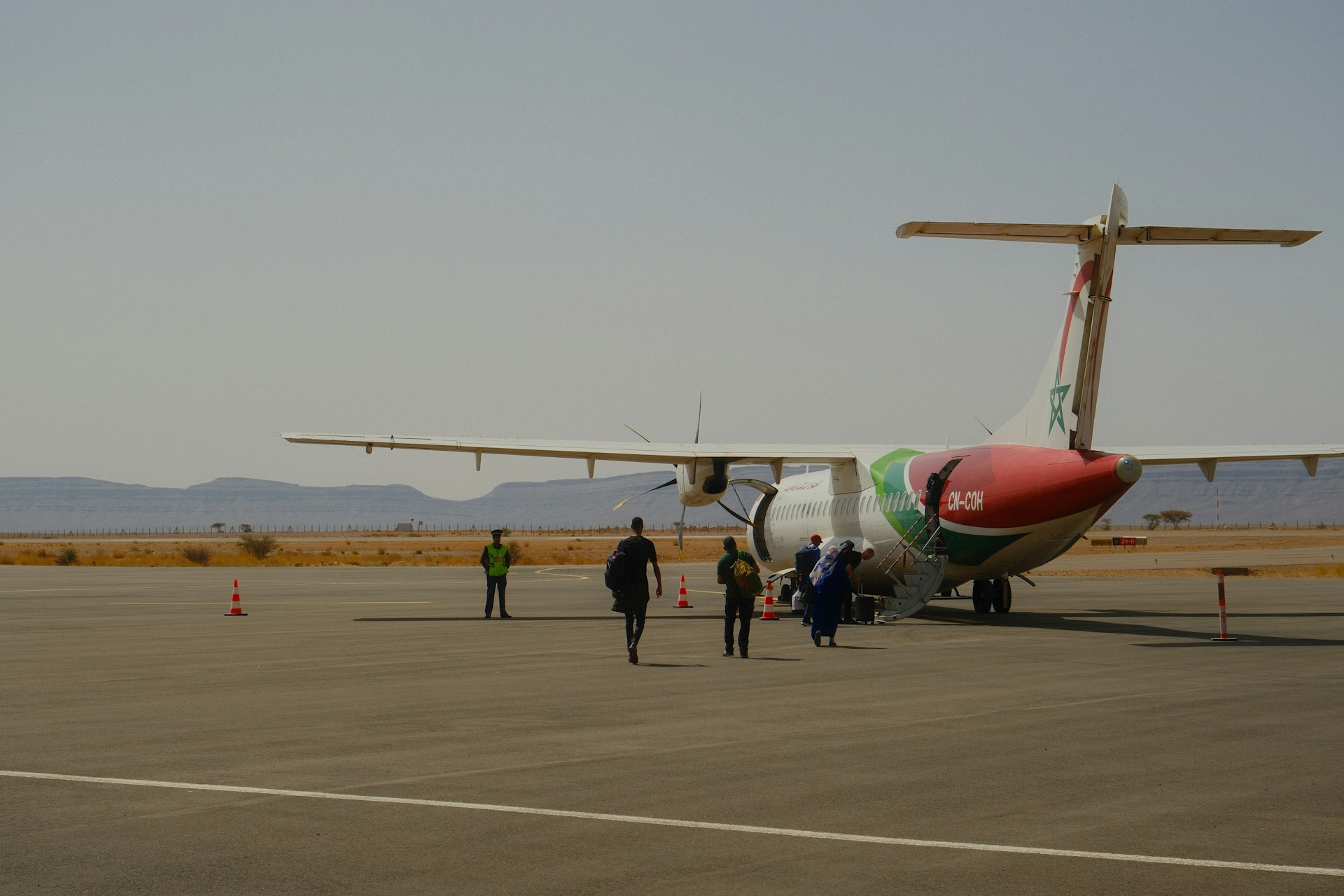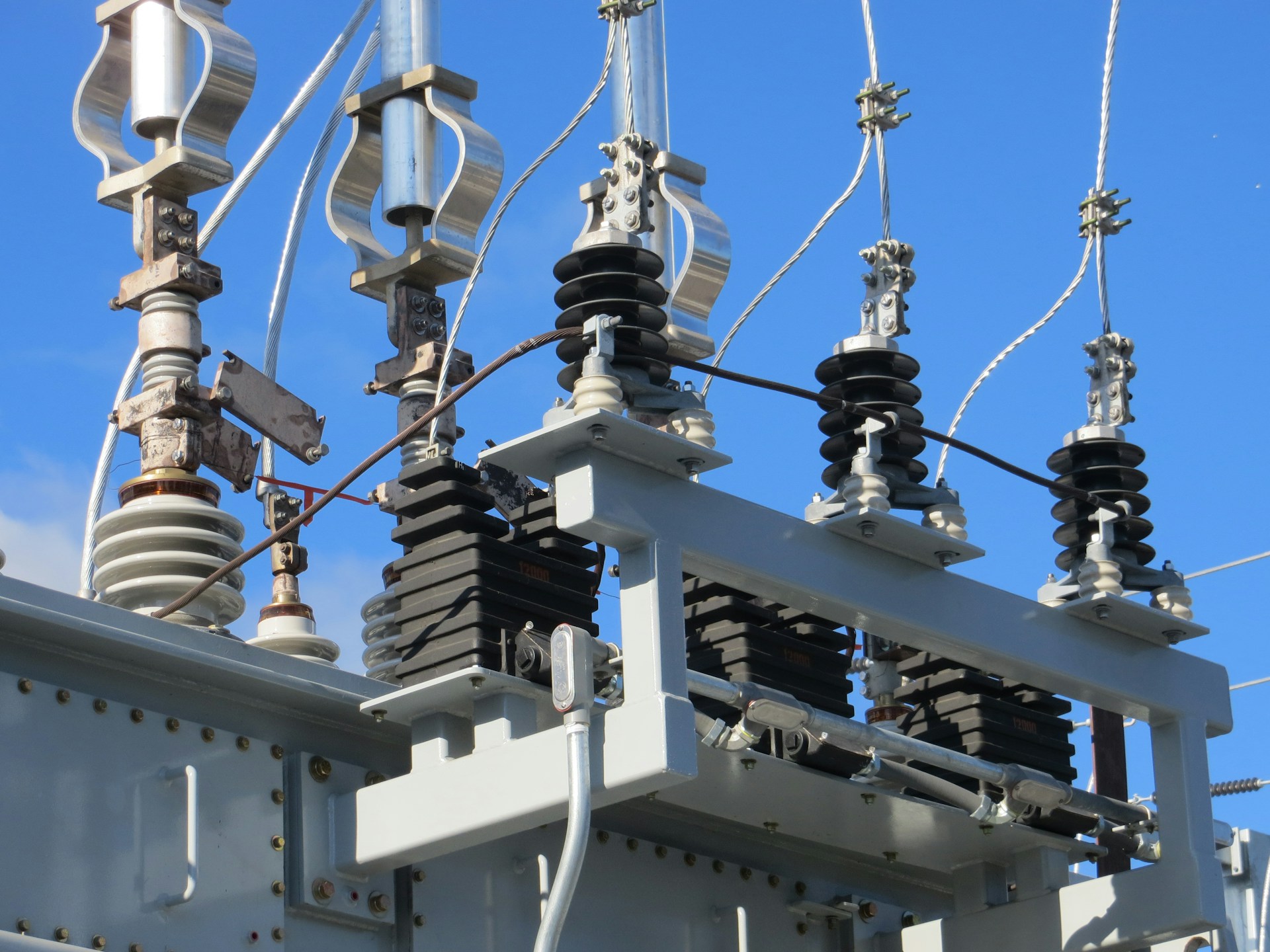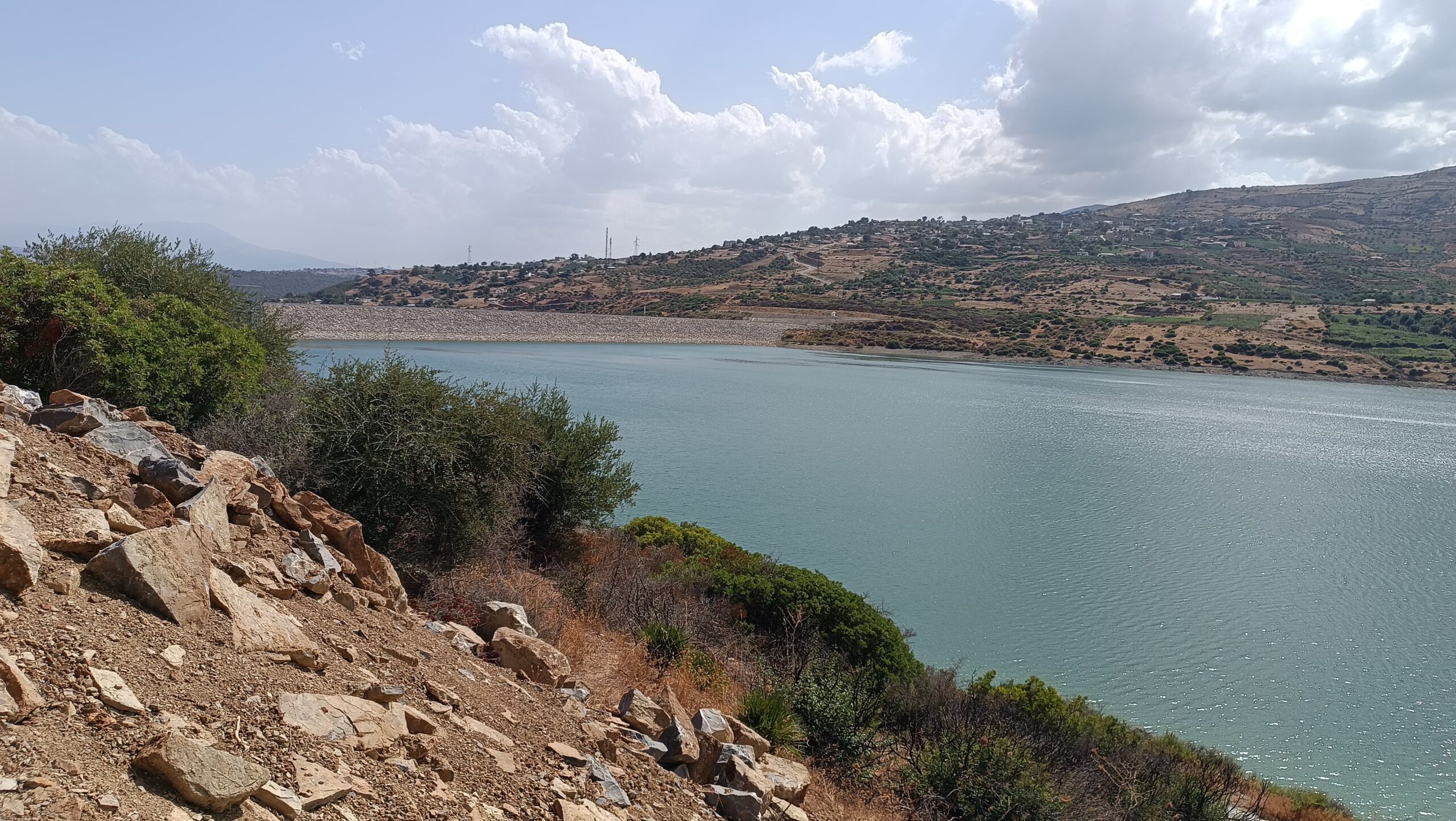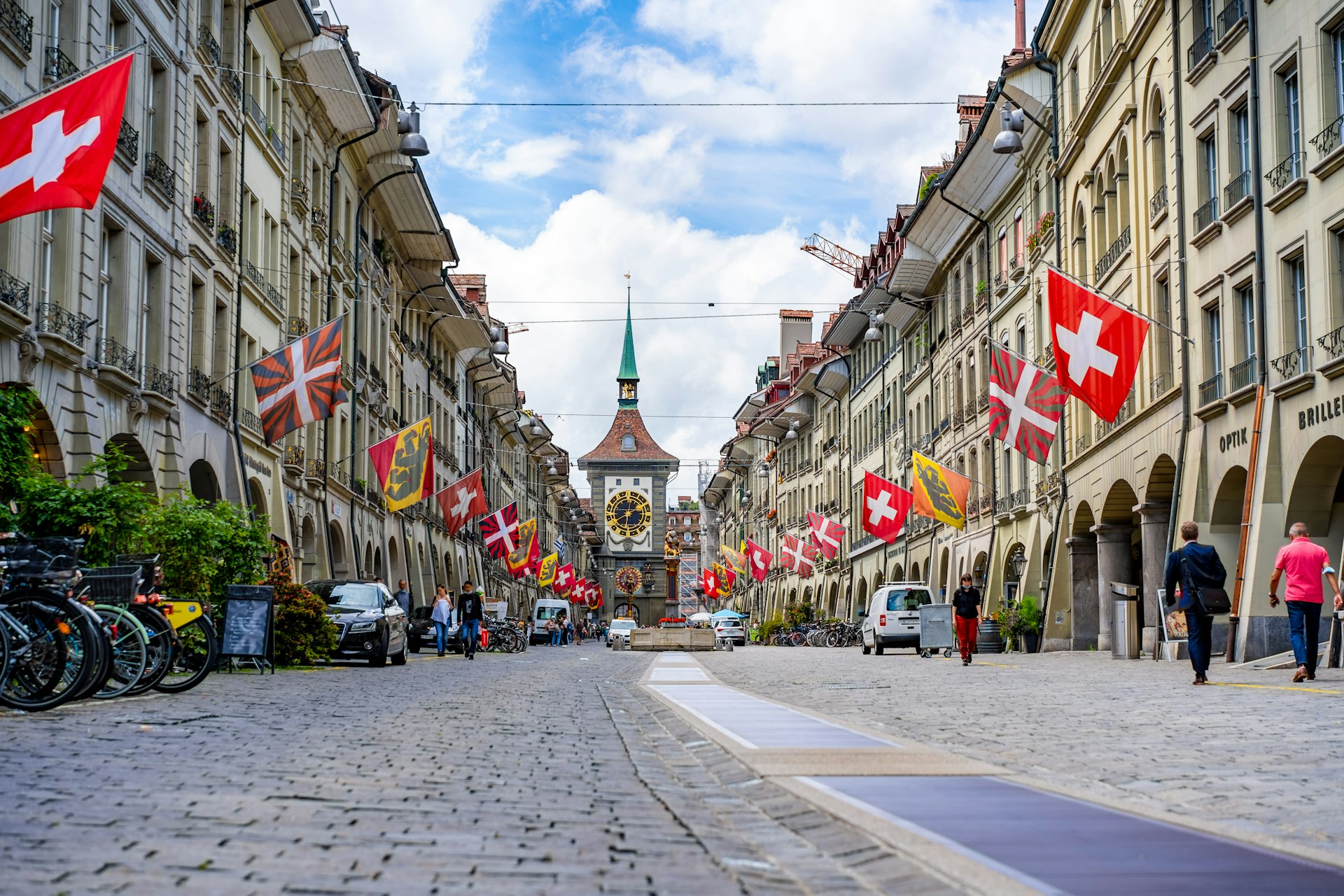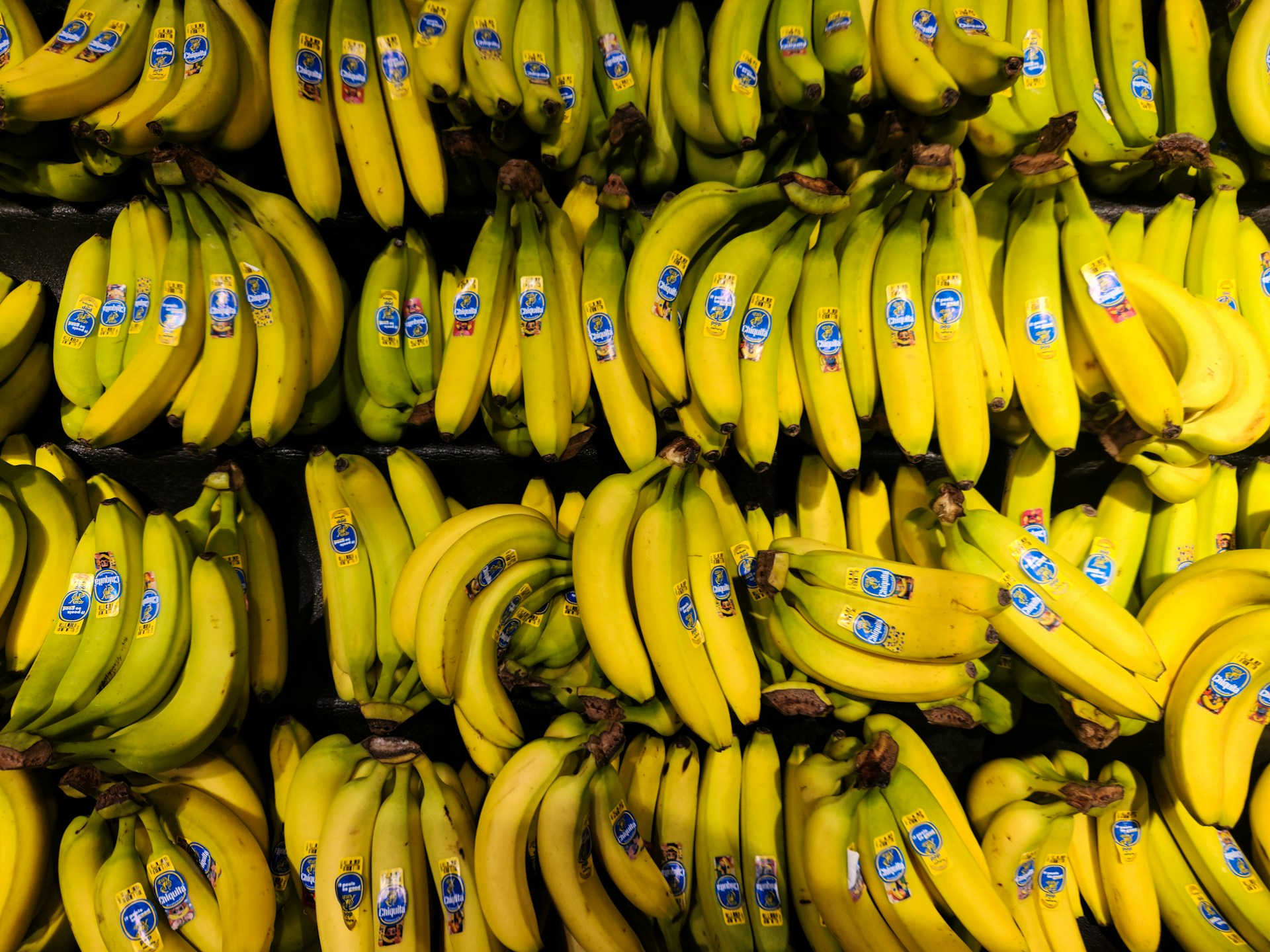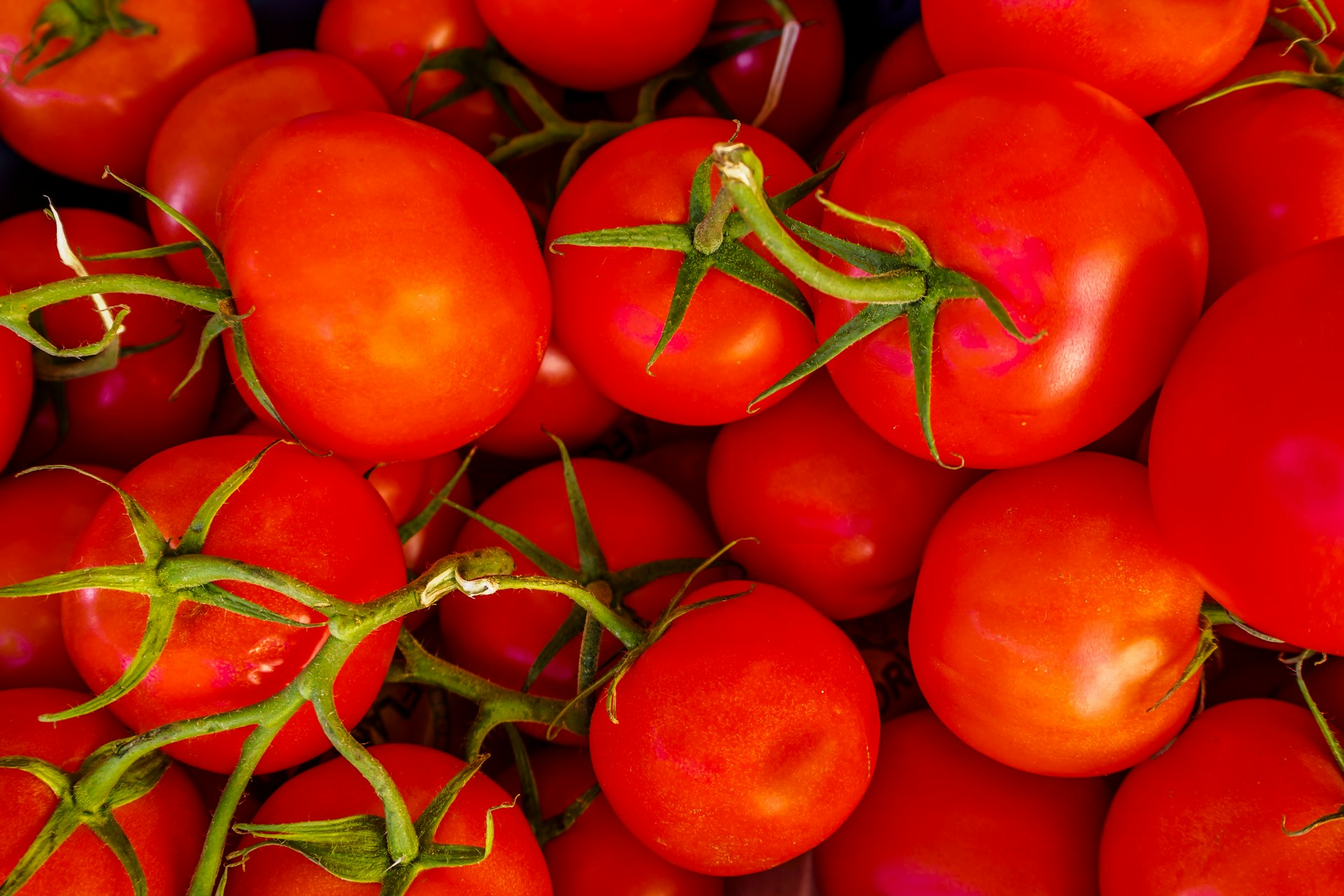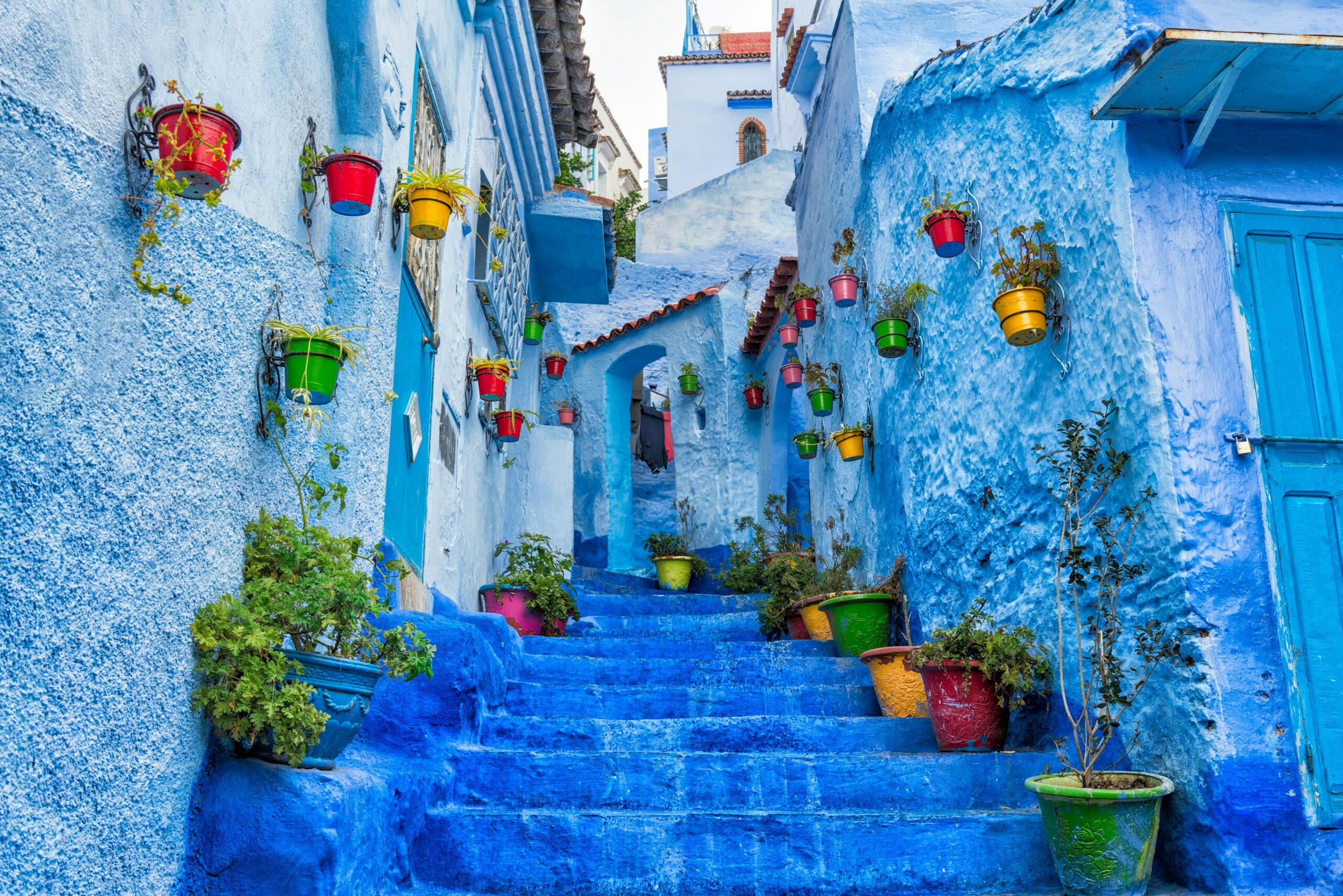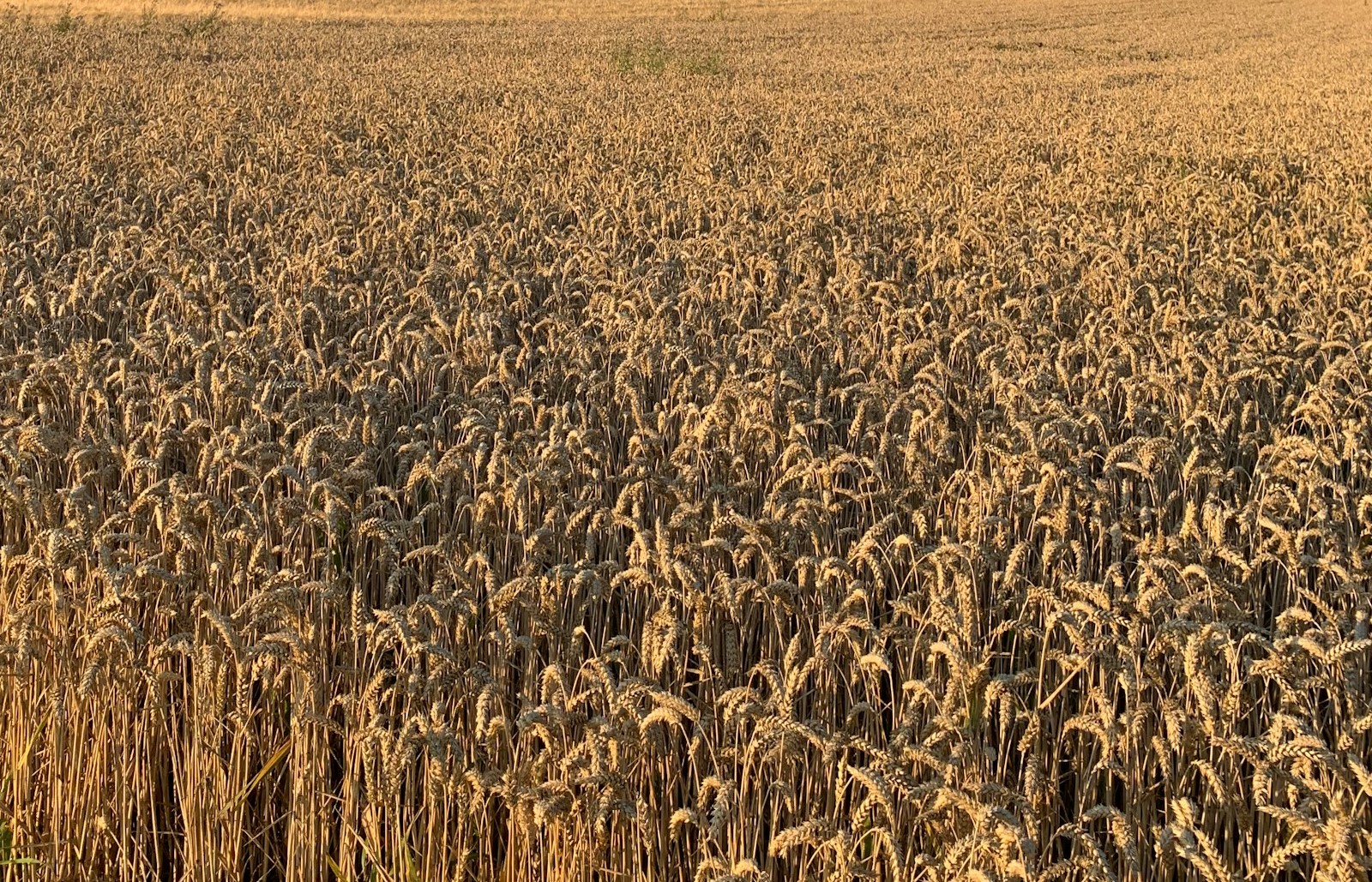Casablanca – Morocco continues to make significant strides in the legal regulation of cannabis cultivation, particularly focusing on the local variety known as “Beldia.” Over recent months, the country has witnessed a historic expansion in legally cultivated areas, accompanied by important regulatory actions and ongoing efforts to standardize medical cannabis prescriptions. These developments reflect Morocco’s commitment to transforming a traditionally illicit crop into a structured, legally controlled industry with economic, social, and health benefits.
Record expansion in cultivated areas
The 2025 cannabis cultivation season marked an unprecedented growth in the area dedicated to legal Beldia cultivation. According to the National Agency for the Regulation of Cannabis-Related Activities (ANRAC), cultivated land increased from approximately 1,100–1,400 hectares in previous years to an estimated 3,000 to 3,500 hectares this year. This nearly two- to threefold increase highlights growing acceptance and enthusiasm among farmers, cooperatives, and investors participating in the legal framework.
Despite a delayed planting season caused by exceptional climatic conditions—namely heavy rainfall and snow during the traditional February-March sowing period—farmers commenced planting in early April. This delay necessitated an extension of official deadlines to accommodate the realities on the ground. The harvest period, which follows sowing dates ranging from March to May, is expected to vary across regions due to diverse climate conditions, especially in mountainous areas where cannabis cultivation is most concentrated.
Focus on medical and pharmaceutical use
Morocco’s regulatory approach prioritizes the medical and pharmaceutical use of cannabis products. The Beldia crop is strictly earmarked for therapeutic industries, reflecting a policy designed to ensure public health protection and prevent diversion to recreational markets.
ANRAC, in coordination with the National Office for Food Safety (ONSSA), enforces rigorous quality and safety controls. Seeds used for cultivation are subject to strict inspections to comply with health and technical standards. Moreover, regulations impose a strict threshold for tetrahydrocannabinol (THC) content: any crop exceeding 1% THC is prohibited from entering the market and must be destroyed to maintain compliance with legal and health safeguards.
Licensing compliance and enforcement measures
While the sector expands, ANRAC has also undertaken firm measures to enforce compliance. More than 90 licenses have been revoked recently due to non-compliance by license holders who failed to start operations or adhere to contractual obligations. This move follows a series of official warnings and reflects the agency’s commitment to maintaining the integrity and credibility of the emerging cannabis industry.
These enforcement actions underline the challenges faced in ensuring that the regulatory framework translates into effective, lawful practice on the ground. By removing non-compliant actors, the agency aims to foster a professional and accountable sector capable of delivering the intended economic and social benefits.
Standardizing medical cannabis prescriptions
In a parallel effort to regulate therapeutic cannabis use, ANRAC is collaborating with the National Medical Council to introduce standardized medical prescriptions. This initiative targets eight medical specialties, with six prescription models currently in the final validation stage.
The standardized prescriptions are expected to be rolled out imminently, offering physicians clear and consistent guidelines for prescribing cannabis-based treatments. Sector officials have described this initiative as a “qualitative turning point” that enhances regulatory oversight and builds trust among healthcare providers and patients.
Economic and social impact on rural regions
Historically, cannabis cultivation in Morocco has been linked to informal and illegal practices, particularly in mountainous “kif” regions. The transition to a legal, regulated framework aims to transform this longstanding economic activity into a sustainable source of income. By integrating local farmers and cooperatives into a monitored supply chain, the government seeks to generate employment, stimulate rural development, and ensure environmental and public health standards are upheld.
The expansion of legal cultivation and strengthened regulatory measures open new avenues for investment and industrial processing, promising to diversify the economy in areas long marginalized by illicit trade.
Outlook and challenges ahead
As the 2025 planting season concludes, attention now turns to the forthcoming harvest, industrial processing, and market distribution phases. Success will depend on how effectively cooperatives and licensed operators can meet production standards, maintain compliance, and respond to market demands within the regulatory framework.
The Moroccan government’s comprehensive strategy reflects a balanced approach: encouraging economic growth and innovation while safeguarding public health and ensuring strict legal compliance. This evolving sector could serve as a model for responsible cannabis regulation in the region and beyond.
